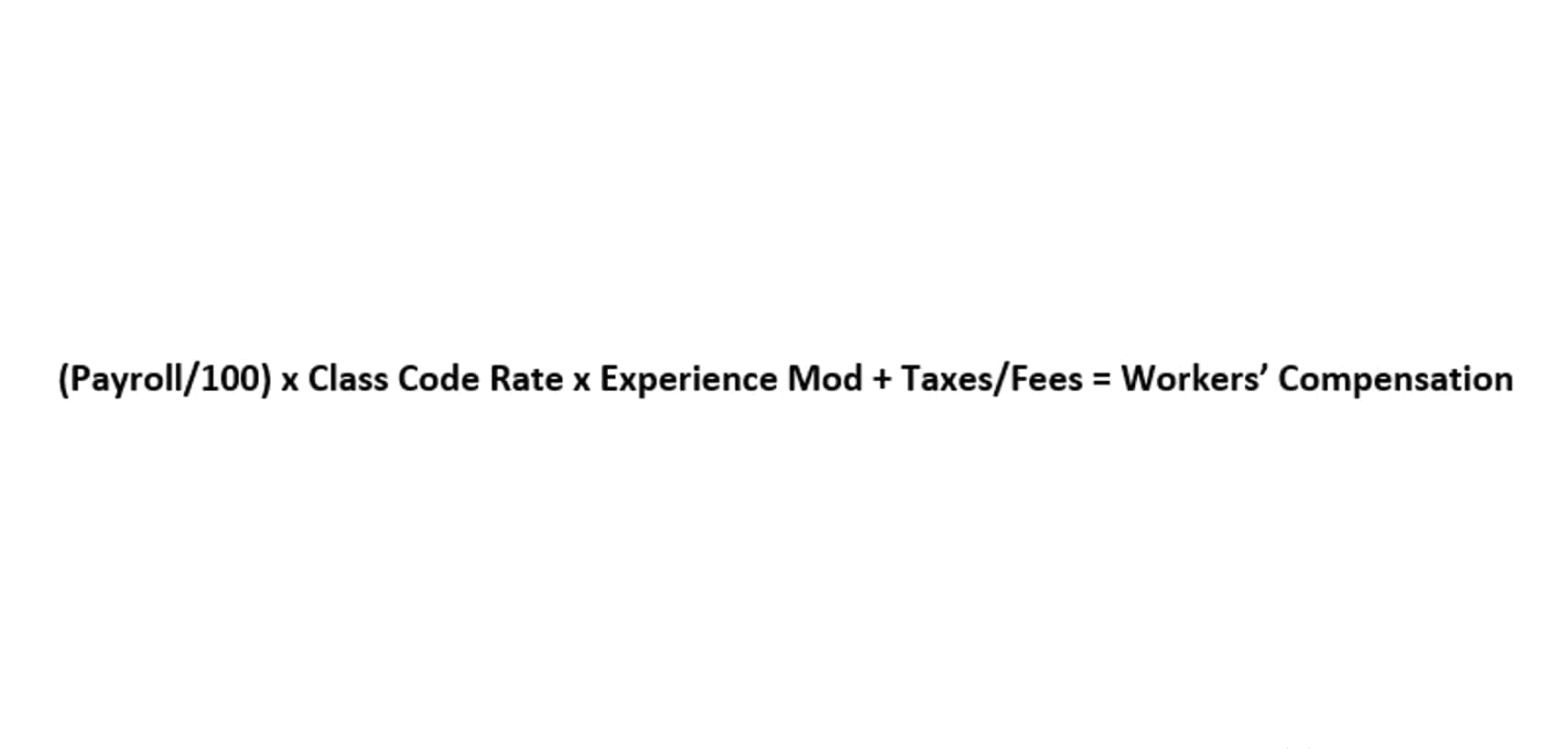Keep in mind that the net income is calculated after preferred dividends have been paid. Average total assets are found by dividing the sum of beginning and ending total https://www.simple-accounting.org/ assets balances found on the balance sheet. The beginning total assets balance in the current year is taken from the ending total assets balance in the prior year.
Would you prefer to work with a financial professional remotely or in-person?
For this technique to be used, at least two financial statements (of the same type) need to be in existence. To get a more valid analysis, however, at least three financial statements are used. The more statements available and used for analysis, the greater the results obtained.
Step 1: Gather the necessary financial statements
It is typical for an income statement to use net sales (or sales) as the comparison line item. This means net sales will be set at 100% and all other line items within the income statement will represent a percentage of net sales. Consistency is important when performing horizontal analysis of financial statements.
Calculate Percentage Change
One of the methods used to spot trends and growth patterns in a business over the years is horizontal analysis. Investors, analysts, and even business owners and managers need to track a company’s financial performance over the years to spot its growth patterns. Financial institutions and creditors rely on horizontal analysis to assess the creditworthiness of individuals and businesses. By analyzing historical financial data, lenders can gauge the ability of borrowers to repay loans and manage debt obligations.
Importance of Horizontal Analysis in Financial Reporting
The identification of trends and patterns is driven by asking specific, guided questions. For example, upper management may ask “how well did each geographical region manage COGS over the past four quarters?”. This type of question guides itself to selecting certain horizontal analysis methods and specific trends or patterns to seek out. To perform a horizontal analysis, you must first gather financial information of a single entity across periods of time. Most horizontal analysis entail pulling quarterly or annual financial statements, though specific account balances can be pulled if you’re looking for a specific type of analysis. If we take historical data of the financial statements of a company for year 1 and year 2, then one can compare each item and how it has changed year-over-year.
- Liquidity is a critical aspect of a company’s financial health, as it determines its ability to meet short-term obligations and seize opportunities.
- Horizontal analysis is a versatile tool with a wide range of practical uses in various aspects of finance and business.
- Financial analysis helps you examine relationships between different financial items and determine efficient operations to manage them.
- Investors, analysts, and even business owners and managers need to track a company’s financial performance over the years to spot its growth patterns.
- This online calculator can be used to know the percentage change year over year (Y-o-Y) in net sales of your business.
The final step in horizontal analysis is interpreting the results of your analysis. This involves drawing meaningful conclusions from the trends, patterns, and changes you’ve identified. Consider the context in which these changes occurred and their potential impact on the company’s overall financial health. The dollar value of the difference for working capital is limited given company size and scope. It is most useful to convert this information to a ratio to determine the company’s current financial health.
Step 2: Determine Comparison Methods
Liquidity ratios are needed to check if the company is liquid enough to settle its debts and pay back any liabilities. Horizontal analysis makes it easy to detect these changes and compare growth rates and profitability with other companies in the industry. An absolute comparison involves comparing the amount of the same line of the item to its amounts in the other accounting periods. For example, comparing the accounts receivables of one year to those of the previous year.
If you use Layer, you can even automate parts of this process, including the control of data flows, calculations, and sharing the results. All of the amounts on the balance sheets and the income statements for analysis will be expressed as a percentage of the base year amounts. The amounts from the most recent years will be divided by the base year amounts. With different bits of calculated information now embedded into the financial statements, it’s time to analyze the results.
These changes are either in the form of dollar amount (variance) and percentage. You can calculate these changes by comparing items in the base accounting period with other items in subsequent periods and financial statements. Have you ever wondered how businesses gain valuable insights into their financial performance over time? In the dynamic world of finance, understanding the past is often the key to shaping a prosperous future. This guide on horizontal analysis takes you deep into the heart of financial assessment, revealing the secrets behind tracking trends, uncovering patterns, and making informed decisions. Whether you’re an investor seeking to gauge a company’s stability, a financial analyst striving for accuracy, or a business owner aiming to refine strategies, horizontal analysis is your compass.
The percentage representation makes it easier to determine the level of change between these different periods. Just like the above comparative balance sheet, these balances obtained from income statements are collected from different periods; 2020 as the base year and 2021 as the comparison year. Other financial statements are also considered during Horizontal Analysis but these two statements are generally sufficient enough to provide appropriate insights into a company’s financial health. To start with, the statements over which comparison is intended to be made need to be in existence and available. The more popular financial statements over which Horizontal Analysis is executed are the income statement and balance sheet.
The image below shows the comparative income statements and balance sheets for the past two years. Depending on the metrics you want to focus on, you will need different financial statements, like balance sheets, income statements, or cash-flow statements. Vertical analysis expresses each line item on a company’s financial statements as a percentage of a base figure, whereas horizontal analysis is more about measuring the percentage change over a specified period. Horizontal analysis, also known as trend analysis, is used to spot financial trends over a specific number of accounting periods.
Changes between the income from operations and net income lines can be reviewed to identify the reasons for the relatively lower increase in net income. Whether you’re an individual investor, a portfolio manager, or part of an investment team, horizontal analysis provides valuable insights into a company’s financial health and growth prospects. Different ratios, such as earnings per share (EPS) or current ratio, are also compared for different accounting periods. The major distinction between horizontal and vertical analysis is that horizontal analysis compares numbers from multiple reporting periods, whereas vertical analysis compares figures from a single reporting period. Horizontal analysis is a financial analysis technique used to evaluate a company’s performance over time. By comparing prior-period financial results with more current financial results, a company is better able to spot the direction of change in account balances and the magnitude in which that change has occurred.
Comparative financial statements serve as the cornerstone of horizontal analysis. These statements present financial data from different periods, often two or more years, side by side. This visual comparison enables you to identify patterns, changes, and trends in a company’s financial performance.
For example, the vertical analysis of an income statement results in every income statement amount being restated as a percent of net sales. If a company’s net sales were $2 million, they will be presented as 100% ($2 million divided by $2 million). If the cost of goods sold amount is $1 million, it will be presented as 50% ($1 million divided by sales of $2 million).
The value of horizontal analysis enables analysts to assess the company’s past performance and current financial position or growth and project the useful insights gained into the future. However, when using the analysis technique, the comparison (current) period can be made to appear uncommonly bad or good. It depends on the choice of the base year and the chosen accounting periods on which the analysis starts. For example, a company’s management may establish that the robust growth of revenues or the decline of the cost of goods sold as the cause for rising earnings per share. By exploring coverage ratios, interest coverage ratio, and cash flow-to-debt ratio, horizontal analysis can establish whether sufficient liquidity can service a company. Horizontal analysis can also be used to compare growth rates and profitability over a specific period across firms in the same industry.
Having identified a trend, the next step is to try and understand the reasons behind it by carrying out a more detailed investigation. In the above example, some of the expenses were increasing at a much faster rate than the revenue resulting in a reduction in net income. Either way it is important to identify the reason and correct the problem as necessary.
For example, unearned revenues increased from the prior year to the current year and made up a larger portion of total liabilities and stockholders’ equity. This could be due to many factors, and Banyan Goods will need to examine this further to see why this change has occurred. group buying site coupons Vertical analysis shows a comparison of a line item within a statement to another line item within that same statement. This allows a company to see what percentage of cash (the comparison line item) makes up total assets (the other line item) during the period.
This can help a business to know how much of one item is contributing to overall operations. For example, a company may want to know how much inventory contributes to total assets. They can then use this information to make business decisions such as preparing the budget, cutting costs, increasing revenues, or capital investments. Horizontal analysis is used in financial statement analysis to compare historical data, such as ratios, or line items, over a number of accounting periods. Likewise, the following is a horizontal analysis of a firm’s 2018 and 2019 balance sheets. Again, the amount and percentage differences for each line are listed in the final two columns and can be used to target areas of interest.



